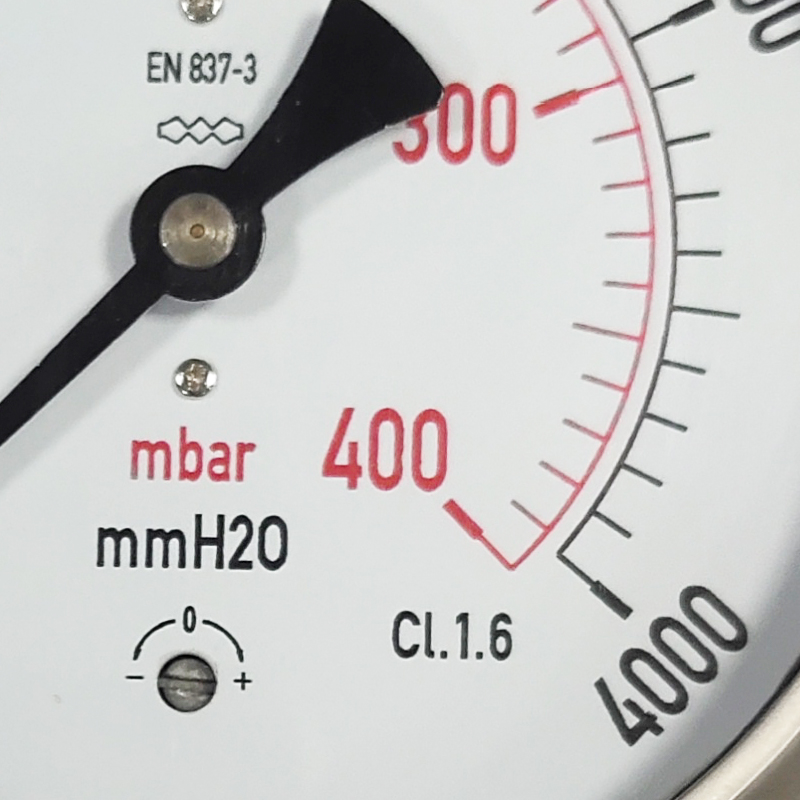
Jul . 26, 2024 03:21 Back to list
Fire Hose Pressure Measurement and Monitoring Tools for Effective Emergency Response and Safety Management
Understanding Fire Hose Pressure Gauges Importance and Functionality
Firefighting is one of the most critical services in any community, and effective firefighting relies heavily on the proper functioning of various tools and equipment. Among these, the fire hose pressure gauge stands out as an essential instrument for ensuring that firefighters can deliver the necessary water pressure to combat flames effectively. This article explores the importance, functionality, and maintenance of fire hose pressure gauges in firefighting operations.
What is a Fire Hose Pressure Gauge?
A fire hose pressure gauge is a device used to measure the water pressure within a fire hose. It is typically connected to the hose, allowing firefighters to monitor the pressure of the water being delivered during firefighting efforts. Accurate pressure readings are vital because they provide firefighters with the information needed to adjust flow rates and ensure that they are using the hose's capabilities effectively.
Why is Fire Hose Pressure Important?
Water pressure is crucial for several reasons
1. Efficiency in Fire Suppression Effective firefighting requires a specific amount of pressure to ensure that water can reach the fire and extinguish it. If the pressure is too low, the water may not reach the upper floors of a building or may not effectively put out the flames.
2. Safety of Firefighters Too much pressure can also be dangerous, as it can lead to uncontrolled water flow, potentially injuring firefighters or causing damage to property. The pressure gauge allows firefighters to maintain a balance, ensuring that they can operate safely and effectively.
3. Optimizing Equipment Different hoses and nozzles are rated for different pressure ranges. Using a pressure gauge helps in selecting the correct equipment for the firefighting task, which can make a significant difference in emergency response.
fire hose pressure gauge jah

How does a Fire Hose Pressure Gauge Work?
Fire hose pressure gauges typically include a dial with pressure readings or a digital display that indicates the current pressure level. When activated, water flows through the hose, and the pressure gauge measures the force exerted by the water. This measurement is usually expressed in pounds per square inch (PSI). Firefighters can quickly determine whether the pressure is within the optimal range for their hose and adjust the throttling of the nozzle or water source as needed.
Maintaining Fire Hose Pressure Gauges
Proper maintenance of fire hose pressure gauges is essential to ensure their accuracy and reliability. Here are some essential maintenance tips
1. Regular Inspection Fire departments should regularly inspect pressure gauges for any signs of damage or wear. Cracked dials, loose fittings, or leaking connections should be corrected immediately.
2. Calibration Periodic calibration of the gauges is essential to ensure the readings remain accurate. Fire departments often have protocols in place for checking and recalibrating their equipment.
3. Environment Protection Gauges should be protected from elements such as water, extreme temperatures, and physical impact to prolong their lifespan and maintain their accuracy.
Conclusion
Fire hose pressure gauges are vital components of firefighting equipment, providing critical information necessary for effective fire suppression. By understanding their importance, functionality, and the need for regular maintenance, firefighters can ensure that they have reliable tools at their disposal when every second counts. The use of these gauges not only enhances operational efficiency but also contributes to the safety of both firefighters and the communities they serve. Investing in quality pressure gauges and maintaining them properly can make a substantial difference in the effectiveness of firefighting efforts.
-
High-Precision 5 Valve Manifold Differential Pressure Gauge Suppliers
NewsApr.29,2025
-
High-Precision Diaphragm Vacuum Pressure Gauges Manufacturers & Quotes
NewsApr.29,2025
-
Omega Differential Pressure Gauges High Accuracy & Durability
NewsApr.28,2025
-
Low Pressure Differential Pressure Gauges Precision Solutions & Quotes
NewsApr.28,2025
-
Digital Diaphragm Pressure Gaauge Precision Measurement & OEM Quotes
NewsApr.28,2025
-
Differential Pressure Gauge China Price High-Accuracy & Best Quotes
NewsApr.28,2025
